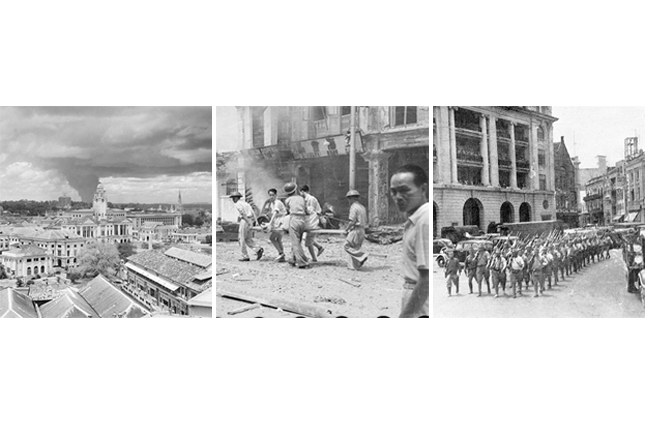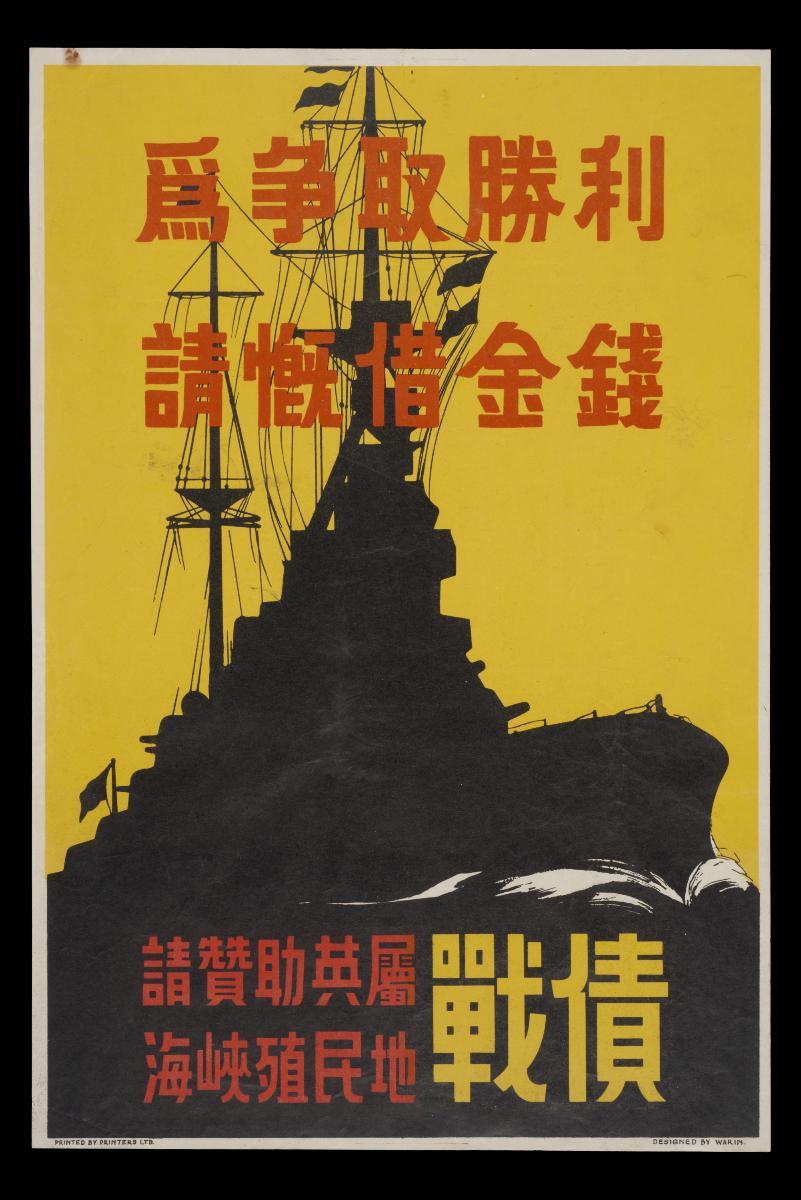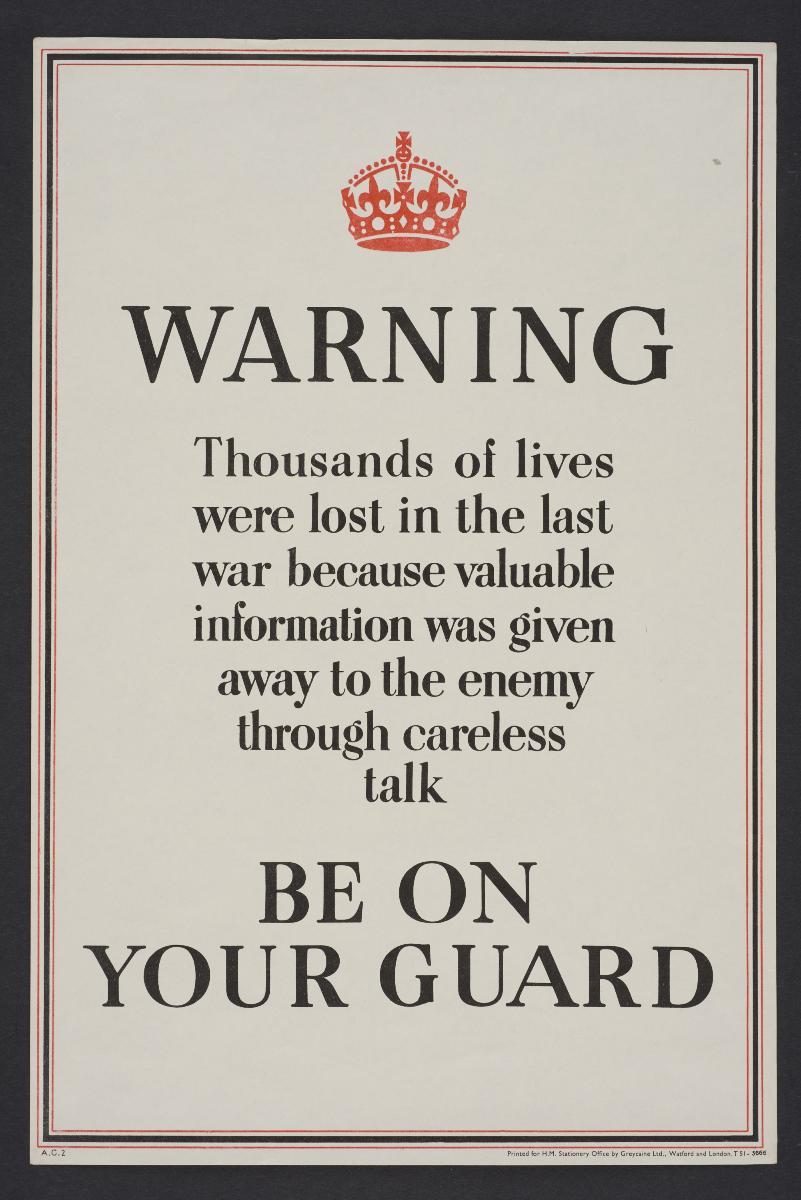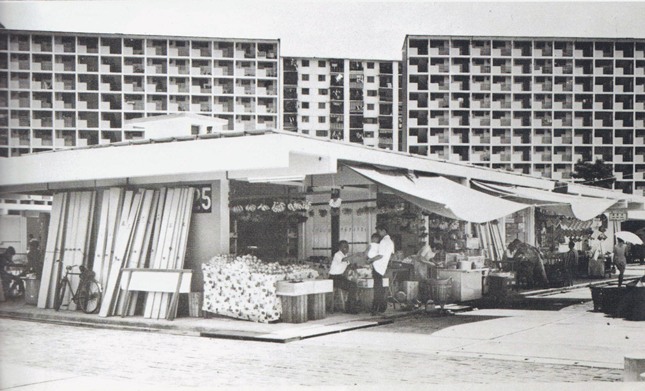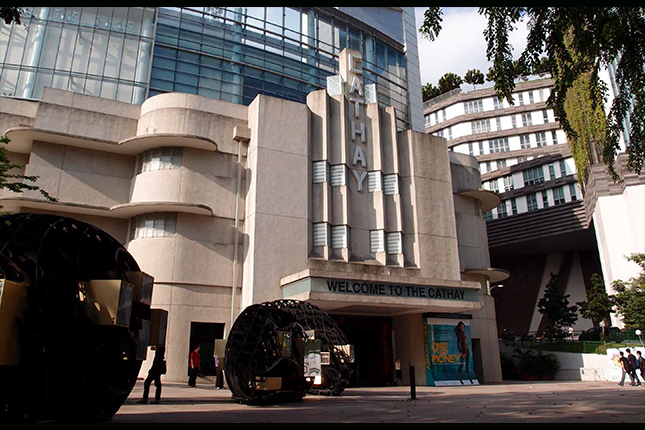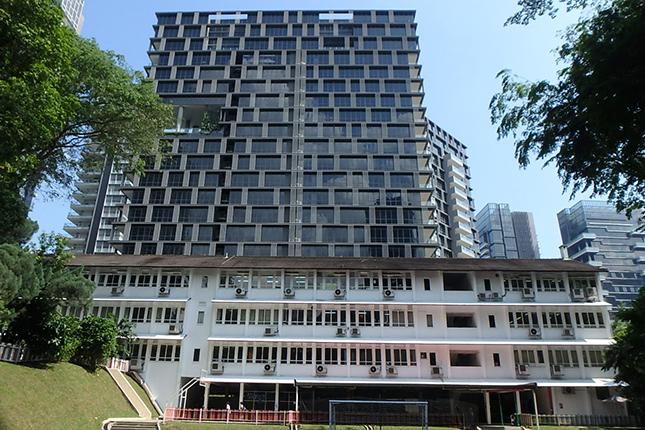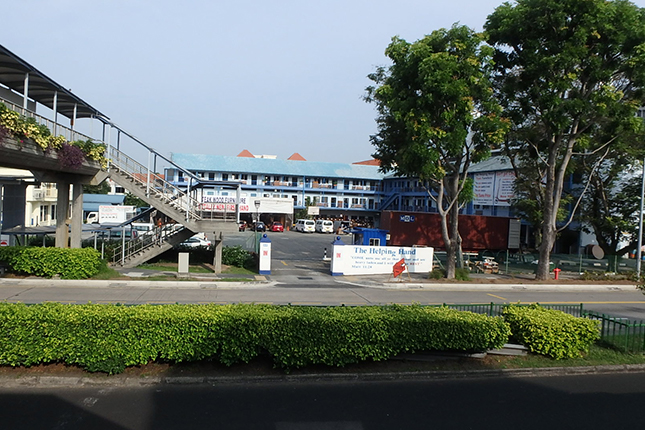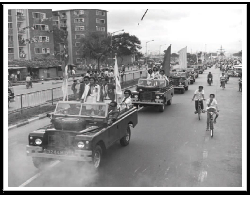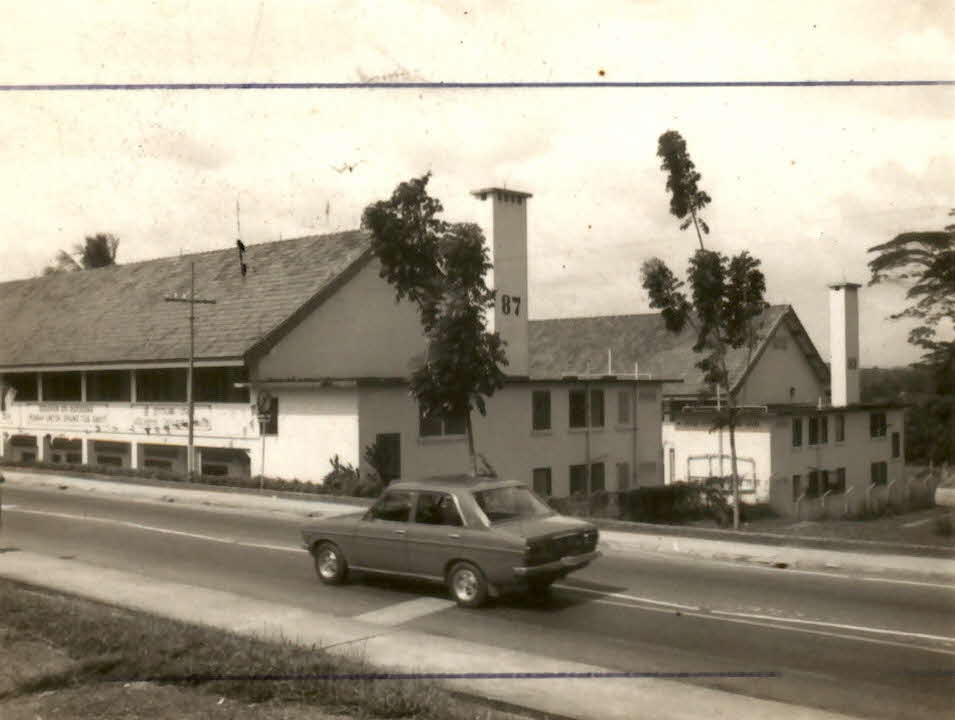What’s Up, Singapore’s newspaper for students, spoke to Education Minister (Schools) Ng Chee Meng in 2018
about the importance of observing the anniversary of World War II.
What’s Up: Unlike previous Education Ministers, you were born after independence, in 1968 — long after World War II.
Did your parents or grandparents shared with you their personal stories of
the Battle of Singapore and the Japanese Occupation?
Mr Ng: I remember my mum talking about the hardships of war. My grandfather went into hiding during Operation
Sook Ching (a Japanese military operation where Chinese in Singapore were massacred). During this time, Chinese men
between the ages of 18 and 50 were called to screening centres and executed.
I never met my grandfather, but I heard about his experience through my mother.
My mother also talked about the hardships of day to day life. Most meals were made up of tapioca.
Eating an egg was a luxury. Most significantly, she was very sad and lamented
that she had missed out on the opportunity of getting an education.
To support her family, she started working as a seamstress from a young age.
These stories left a deep impression on me. They had an impact for life.
They made me realise the importance of Total Defence to keep Singapore safe.
I heard these stories from my mother, and now it is our turn to share these stories
with our children, so they, too, can understand the importance of keeping Singapore safe.
Singapore is safe today, but we cannot take peace for granted. We have peace in
Singapore because we put a lot of effort into making that happen.
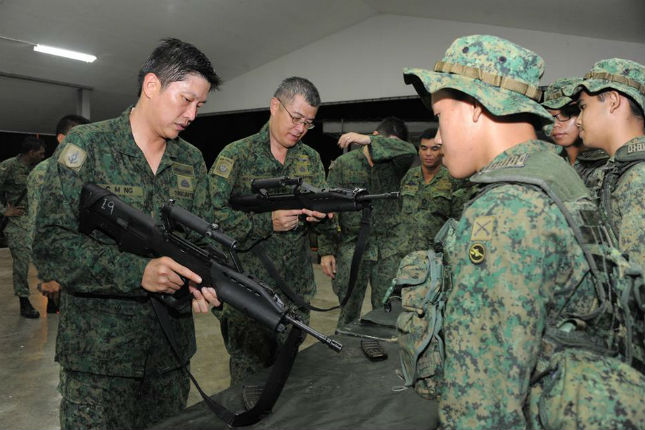 Ng Chee Meng was a general in the Singapore Armed Forces before he joined the government in 2015.
Ng Chee Meng was a general in the Singapore Armed Forces before he joined the government in 2015.
Picture credits: Ministry of Defence; Australian War Memorial
What’s Up: You once led the Singapore Armed Forces as its Chief of Defence Force. Do you think Singapore is better able to defend itself now than in 1942?
Mr Ng: Absolutely. Firstly, we have better weapons. Most importantly, Singaporeans have the will to keep Singapore safe.
In 1942, we were not the most important piece in the British Empire’s war strategy.
“Fortress” Singapore was given second-rate weapons to defend itself.
But when we became a nation-state, we made thea promise to stand up for ourselves.
We decided to get better weapons and also train our sons, young Singaporeans,to protect ourselves.
This has made all the difference.Standing up for ourselves is worth celebrating. This year, we mark
50 years of National Service.
It is terrible when one can’t defend oneself and everything that matters to you.
A war puts everything we love in danger —– brothers, sisters, mothers, fathers and, friends.
You may be hearing or reading about what is happening in Iraq or to the children in Syria.
We are happy that our neighbourhood is relatively peaceful.
But we should never take peace for granted. We should always be prepared for the worst war -
but always remember that our main aim is to keep peace.
What’s Up: You’ve had several roles in the armed forces, most notably as an air force pilot.
How best can the importance of defending Singapore be conveyed to those who may not serve National Service
(such as women for instance) or work in the military?
Mr Ng: There are many ways to contribute to a stronger Singapore.
There are five aspects to Total Defence. You can play a part in making sure that Singaporeans of all races get along and are kind and
understanding toof one another; you can contribute to the country’s economy so that we can do well together...… there are many ways for all of us
to contribute to Singapore.
In fact I believe that a stronghold of society are our mothers.
They strengthen the family, build relationships in communities, and nurture the young —– these are all components of Total Defence.
Defence is not the domain of men alone. Our daughters will stand up for Singapore, and some have also chosen the military path.
What’s Up: Singapore has changed so much since 1942. It is hard to imagine what it must have looked like during the
Battle for Singapore. Is there any historic site which exists today that you think is the reminiscent of this period?
Mr Ng: The Former Ford Factory in Bukit Timah is one such building.
This is where the British forces surrendered to the Japanese after the Battle for Singapore.
But if I had to choose, I would choose Sentosa.
Sentosa was a military base during the Second World War, but the guns were
facing south because the British expected the Japanese to invade from that direction.
The Japanese took them by surprise when they entered from the north-western coastline.
It’s a good starting place to understand what went wrong with the British war strategy.
Sentosa was also a prisoner of war camp. During Operation Sook Ching, which I mentioned earlier, Chinese men suspected of being anti-Japanese were killed on its
beach. There are many poignant lessons to be learnt here. To me it is a reminder of how important it is for Singaporeans
to be at the top of our game, and to take Total Defence seriously, not just at war times, but in times of peace
to ensure war never dawn upon Singapore.
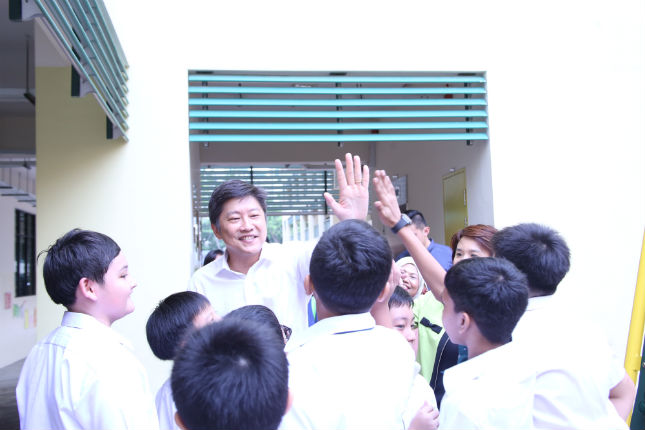 Mr Ng with students from Princess Elizabeth Primary.
Picture credits: Ministry of Education.
Mr Ng with students from Princess Elizabeth Primary.
Picture credits: Ministry of Education.




